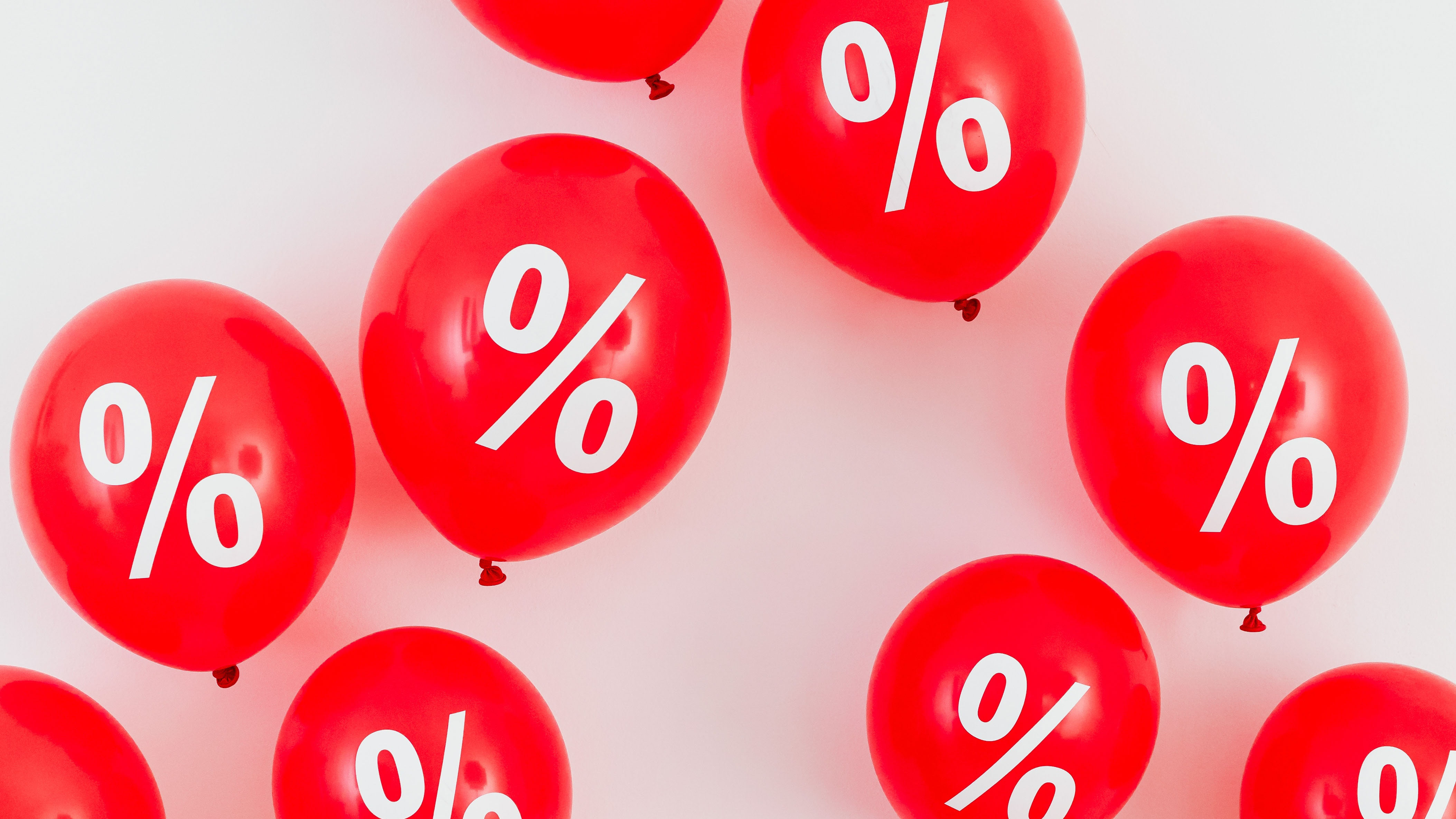Tax: GST/HST Information
The Goods and Services Tax (GST) is a 5% federal tax charged on most Canadian goods and services. For provinces who have harmonized their provincial and federal sales taxes, GST and PST are represented together as Harmonized Sales Tax (HST).
Each province sets its provincial sales tax rate, whereas the GST is at a fixed rate of 5% on a country-wide level. Therefore, the total amount of tax charged on a given item or service will depend on the province where the purchase was made (see Place of Supply Rule). Both GST and HST are applied under the same legislation and the rules that govern their usage encompass both.
The CRA divides goods and services into three categories: taxable supplies, zero-rated supplies, and exempt supplies. The taxable supplies are those subject to the GST/HST tax.
The zero-rated supplies are those that have an applied GST/HST of 0%, and exempt supplies are not charged any GST/HST. For both zero-rated and exempt supplies, no actual tax amount is collected. The difference between the two comes from the fact that if you “charge” GST/HST on a zero-rated item, you are eligible to claim input tax credits (ITCs) for the GST/HST paid on property, goods, or services that you acquired as business expenses.
This will reduce the amount you owe for GST to the CRA. It is important to keep receipts and records of such expenses as the CRA may request to view these documents to corroborate your claims. Input tax credits cannot be claimed when the good or service is tax-exempt.
Which goods and services are GST/HST taxable?
The following are examples of taxable goods and services (not including zero-rated goods and services):
- Sales of new housing
- Sales and rentals of commercial real property
- Sales and leases of automobiles
- Car repairs
- Soft drinks, candies, and potato chips
- Clothing and footwear
- Advertising (unless the advertising is provided to a non-resident who is not registered for GST/HST)
- Taxi or commercial ride-sharing services
- Legal and accounting services
- Franchises
- Hotel accommodation
- Barber and hairstylist services
The following are examples of zero-rated goods and services:
- Basic groceries such as milk and produce
- Agriculture products
- Most farm livestock
- Most fishery products such as seafood
- Prescription drugs and drug-dispensing services
- Certain medical devices such as hearing aids
- Feminine hygiene products
- Exports
- Many transportation services wherein the destination is outside of Canada
The following are examples of tax-exempt goods and services:
- A sale of housing that was last used by an individual as a place of residence
- Long-term rentals of residential accommodation and residential condominium fees
- Most health, medical, and dental services performed by licensed physicians or dentists
- Child care services
- Most domestic ferry services
- Legal aid services
- Many educational services
- Music lessons
- Most services provided by financial institutions
Registration
The CRA requires GST registration if both of the following conditions apply:
- You make taxable sales in Canada
- You are not a small supplier
You can also opt-in to GST/HST voluntarily (which you would only do if you had a significant refund owing).
For most businesses, a small supplier is one that does not exceed $30,000 in total taxable revenues in a calendar quarter and over the last 4 consecutive calendar quarters. Once you pass the $30,000 threshold, you are required, and required legally, to register for GST. This requires you to start charging GST/HST on taxable goods and services. If you are a public service body – which includes charities, non-profit organizations, municipalities, universities, public colleges, school authorities, and hospital authorities – you are considered a small supplier when your revenues from taxable sales are below $50,000 in a calendar quarter and over the last 4 consecutive calendar quarters.
With regards to the specific registration date, if you exceed $30,000 in a single quarter, your effective date of registration is the day (or transaction) when you exceeded $30,000. If you exceeded $30,000 over the previous 4 calendar quarters, your effective starting date is the beginning of the month after you are no longer deemed a small supplier. The above terms apply to sole proprietorships, partnerships, and corporations; for public service bodies, these terms are adjusted for the $50,000 threshold.
If you are required to register for GST, you will be required to file GST returns. These returns are filed on an annual, quarterly, and monthly basis; the CRA will decide the frequency of these filings based on your revenue. Tip: be conservative in your sales projections with the CRA to mitigate the risk of registering for more frequent reporting than required.
How it works:
Once you are a registrant, you are responsible for tracking GST/HST collected on sales and GST/HST paid on expenses. If you have collected more than you have paid, you will owe GST in the coming period. If you have paid more than you have collected, you are entitled to a refund.
Here is an example of GST/HST return with GST/HST owing:
OPCO is a consulting firm and it delivers its services in BC, meaning that the company charges the BC GST rate of 5% on its invoices. This period, the company has made $500,000 CAD in sales so it will charge and collect $25,000 in GST. In this same period, the company paid $12,400 GST on supplies, corporate rent, and subcontractor invoices.
OPCO’s GST/HST return for the period is the following:
Total sales: $500,000
Total GST collected: $25,000
Total GST paid: $12,400
Total GST owing: $12,600
Here is an example of a GST/HST return with a GST/HST refund:
OnTech is a high tech start-up in Ontario. They are pre-revenue. Though they did not meet the $30k sales registration threshold, they registered for HST to trigger a cash refund for the company and help with cash flows. This period, the company has made no sales and has collected no GST. They have, however, paid GST/HST on supplies, corporate rent, and major asset purchases. In total the company paid $232,400 in GST/HST.
OnTech’s GST/HST return for the period is the following:
Total sales: $0
Total GST collected: $0
Total GST paid: $232,400
Total GST refund: $232,400
If you need assistance with filing GST returns or you are seeking further guidance, please book an appointment.
References:
“General Information for GST/HST Registrants,” Government of Canada. CRA. March 9, 2020. https://www.canada.ca/en/revenue-agency/services/forms-publications/publications/rc4022/general-information-gst-hst-registrants.html#H1_101
https://www.canada.ca/en/revenue-agency/services/forms-publications/publications/rc4022/general-information-gst-hst-registrants.html#H1_117
“Definitions for GST/HST,” Government of Canada. CRA. June 12, 2019.. https://www.canada.ca/en/revenue-agency/services/tax/businesses/topics/gst-hst-businesses/definitions-gst-hst.html#service




